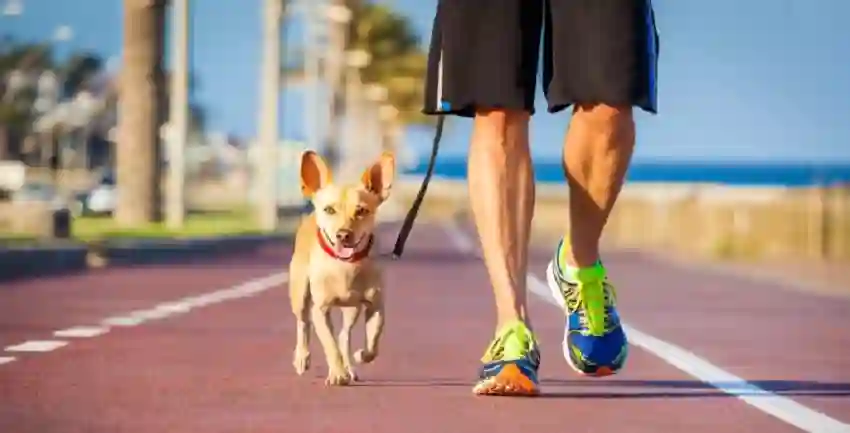A dog harness is more than just a tool for controlling your pup during walks; it’s a critical piece of gear that ensures their safety and comfort. Like any frequently used item, a dog harness requires proper care and maintenance to remain effective and durable. This comprehensive guide will provide you with essential tips and practices for keeping your dog’s harness in top shape, ensuring it serves its purpose for years to come.
1. Understanding the Importance of Harness Maintenance
The primary function of a dog harness is to provide comfort and control while reducing strain on your dog’s neck and back. A well-maintained harness is essential for preventing injuries and escaping incidents. Regular maintenance also helps in identifying any wear and tear before it becomes a safety issue.
2. Regular Cleaning: The Basics
Dirt, oils, and environmental pollutants can accumulate on a harness, leading to premature wear and potentially causing discomfort or skin issues for your dog. Regular cleaning is crucial and depends on the type of material your harness is made of.
- Nylon and Fabric Harnesses: These can often be machine washed in a gentle cycle with mild detergent. To protect both the harness and your washing machine, place the harness in a pillowcase or wash bag. Air dry the harness away from direct sunlight to prevent fading.
- Leather Harnesses: Require a different approach. Use a leather cleaner to remove dirt and then apply a leather conditioner to keep the material supple and prevent cracking.
- Metal Components: Check for any signs of rust or corrosion, especially if your dog swims or if you live in a humid area. Use a rust remover or replace the parts if necessary.
3. Inspecting for Wear and Tear
Regular inspection of the harness is crucial. Look for frayed edges, loose threads, or signs of chewing on fabric harnesses. For leather harnesses, check for cracks or stiff areas. Pay special attention to the buckles and D-rings as these are critical points that bear the most stress.
4. Storage Solutions
Proper storage of your dog’s harness can extend its life. Keep it in a dry, cool place away from direct sunlight. Avoid storing the harness in a cramped space where it can get twisted or misshapen. If your dog doesn’t use the harness daily, consider hanging it on a hook or placing it in a designated drawer.
5. Dealing with Odors
Dog harnesses can get smelly, particularly if they’re frequently used in wet conditions or if your dog sweats a lot. Baking soda and vinegar can be effective in neutralizing odors. For fabric harnesses, a soak in a mixture of water and vinegar, followed by a thorough air drying, can do wonders. For leather, specialized leather deodorizers are recommended.
6. Managing Wet Harnesses
If the harness gets wet, it’s important to dry it out properly to prevent mildew and maintain the integrity of the material. Pat down fabric harnesses with a towel and let them air dry. Leather harnesses should be dried slowly, away from heat sources, to prevent the leather from becoming brittle.
7. Regular Fit Checks and Adjustments
Your dog’s size and shape can change over time due to growth, weight loss, or weight gain. Regularly check the fit of the harness and adjust it as necessary to ensure it’s not too tight or too loose, which can lead to discomfort or escape.
8. Replacing When Necessary
No matter how well you maintain it, every harness has a lifespan. Be prepared to replace the harness if it shows significant wear or doesn’t fit properly anymore. This is crucial for your dog’s safety.
9. Special Considerations for Different Activities
If you use specialized harnesses for activities like swimming, hiking, or working, they may require specific care. For instance, harnesses used in saltwater should be rinsed with fresh water after each use.
10. Harness Hygiene for Sensitive Dogs
For dogs with sensitive skin or allergies, keeping the harness clean is even more important. Consider using hypoallergenic detergents and perform more frequent cleanings.
Conclusion
Regular care and maintenance of your dog’s harness are key to ensuring its longevity and effectiveness. By taking the time to clean, inspect, and properly store the harness, you’re not only preserving a piece of gear but also prioritizing your dog’s comfort and safety. Remember, a well-maintained harness contributes to more enjoyable and worry-free walks and adventures with your furry friend. Stay proactive in harness care and maintenance, and your dog will thank you for it!



